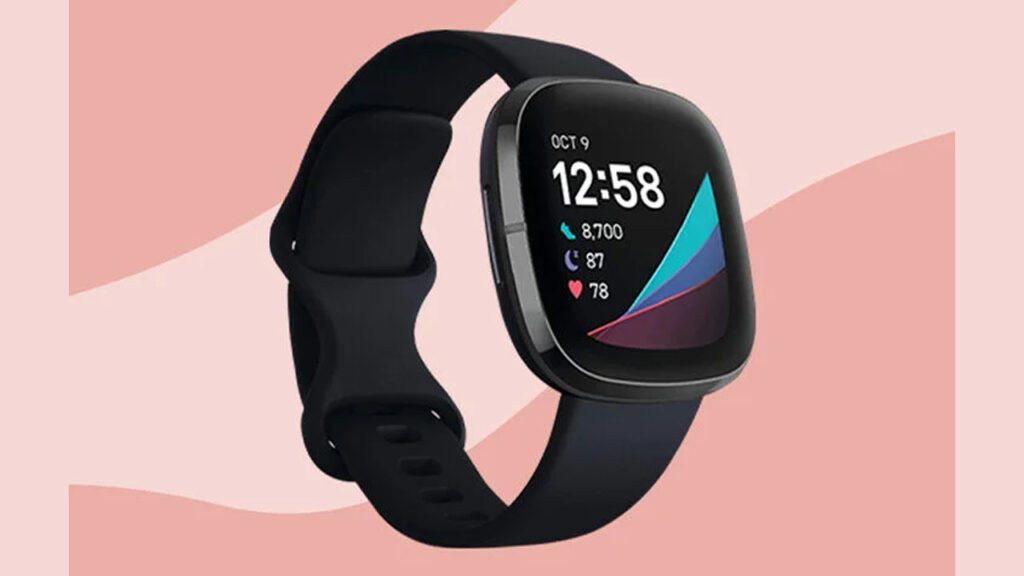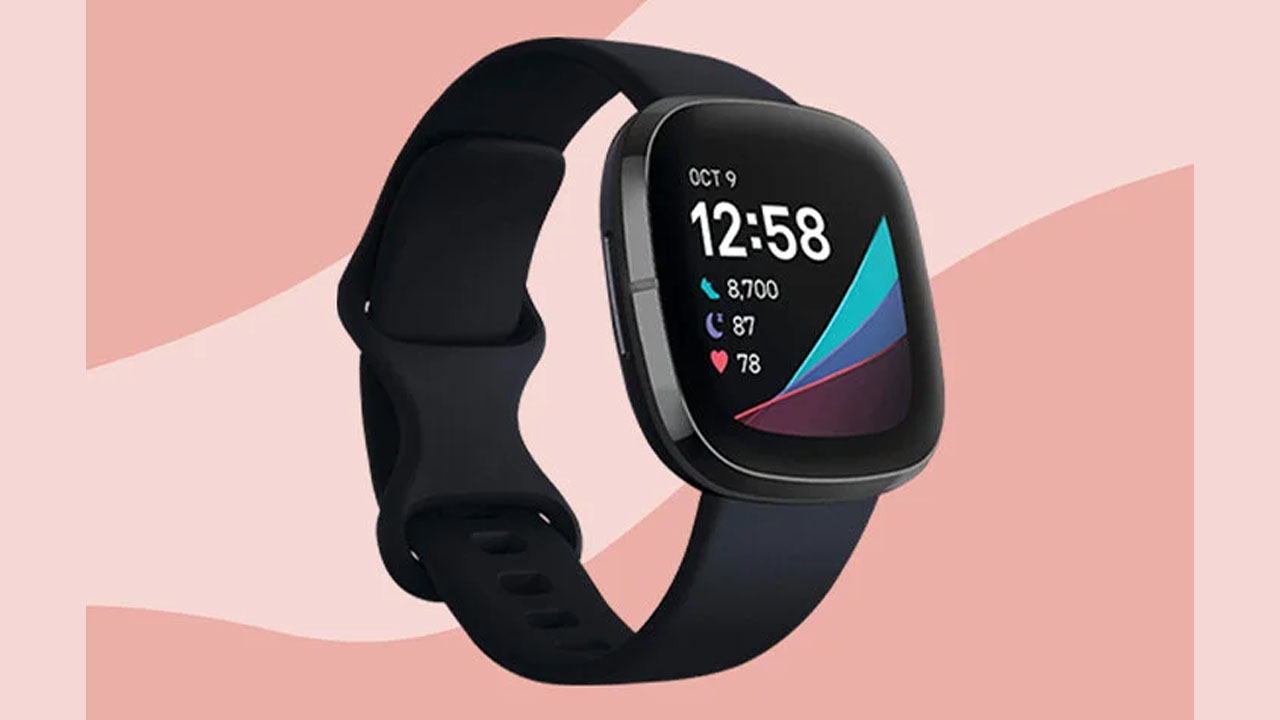Fitbit trackers are popular fitness wearables that monitor your daily steps, distance, calories, and sleep. But many users report inaccurate step counts far lower or higher than their actual walking data. If your Fitbit is undercounting steps, it prevents you from tracking fitness progress reliably. Thankfully, troubleshooting techniques like wrist placement adjustment, sensor cleaning, app calibration, and device replacement can help improve accuracy.

The primary reasons for Fitbit devices not tracking steps properly include – incorrect wrist wearing position, scarred or dirty sensors, outdated calibration settings, device defects, and unintended metric conversions. Identifying where the tracking inaccuracy stems from is key to resolving the discrepancy between real-world, and Fitbit recorded steps.
Follow this guide to troubleshoot a Fitbit tracker that is not counting steps precisely:
Sections
Check Wrist Placement
For optimal step tracking, ensure your Fitbit is worn above the wrist bone on your non-dominant hand. Wearing it too low or on the wrong wrist can distort the sensor accuracy significantly. Tighten the band so it stays firmly in place during movement.
To check wrist placement:
- Position your Fitbit above the wrist bone of your non-dominant hand.
- Secure the band tightly enough that the device stays centered when moving.
- The sensors on the back should have close skin contact for accurate tracking.
With ideal band tightness and placement, step-counting accuracy will improve.
Clean Sensors and Band
Dirt, grime, and debris accumulated on the sensors can interfere with proper step tracking. Use a Q-tip dampened with rubbing alcohol to gently clean the optical HR sensors and contacts on the back. Keep the band clean and dry as well.
To clean sensors:
- Use a Q-tip dipped in rubbing alcohol to wipe sensor areas.
- Allow the Fitbit to completely dry before wearing it again.
- Rinse the band with mild soap and water if dirty.
Clean sensors offer optimal skin contact for accurate data measurement.
Adjust Device Settings
Recalibrate your Fitbit’s stride length and dominant hand settings if needed so it matches your walking pattern. Sync it to track distance via connected GPS for greater precision. Tweak sensitivity if it tracks fake steps.
To adjust device settings:
- In the Fitbit app, go to Account > Settings > Device Settings.
- Adjust stride length, dominant hand, and sensitivity.
- Enable “Use Connected GPS” for distance tracking.
- Sync tracker and check if step accuracy improves.
Fine-tuning configurations customized to your usage can optimize tracking.
Reset and Resync Tracker
Resetting your Fitbit erases all data and restores factory settings. Pair and sync it to your account again. Re-enter details like height, weight, stride length, etc., accurately during setup for best results.
To reset the tracker:
- On the Fitbit, hold the left and right side buttons together for 10 seconds.
- When you see the Fitbit logo, release the buttons.
- Repair and sync your tracker and redo the setup steps.
Resetting often fixes discrepancies by erasing faulty data and starting afresh.
Contact Customer Support
If you are still facing inaccurate step counts despite troubleshooting, contact Fitbit support. They can run diagnostics, check for hardware issues and arrange a replacement if your device is under warranty and the problem persists.
To contact Fitbit support:
- Open the Fitbit app and navigate to Support > Contact Us.
- Chat with a live rep or request a call. Share issues faced.
- Provide your order ID and warranty details if requesting repair/replacement.
Fitbit can resolve device-specific issues that may be affecting your tracking accuracy.
With some diligent testing and tweaking of both settings and wearing position, you can get your Fitbit recorder steps more precisely again. Don’t forget periodic sensor cleaning for maximum performance. If problems continue even after troubleshooting, replacement options should restore full tracking accuracy.
FAQs
-
Q: Why is my fitness tracker undercounting or overcounting steps?
A: Inaccurate step counting usually happens due to improper wrist placement, tightly worn band blocking blood flow, dirty sensors, outdated user settings like stride length, or hardware issues with the tracker itself. Adjust wearing position, clean sensors, recalibrate settings and check for defects.
-
Q: How can I get my smartwatch to track steps more accurately?
A: Ensure the watch is worn above your wrist bone and fits comfortably without sliding around. Tighten the band so it stays centered on your wrist during movement. Clean the HR sensors on the back regularly. Sync your watch often to remain calibrated to your stride and motion.
-
Q: What should I do if my fitness band still doesn’t count steps accurately after troubleshooting?
A: If adjusting wear, cleaning sensors, calibrating settings, and rebooting your tracker does not improve step accuracy, it likely indicates a hardware defect. Contact the manufacturer support team to diagnose the issue. You may need to get the device replaced if it’s under warranty and the problem persists.
